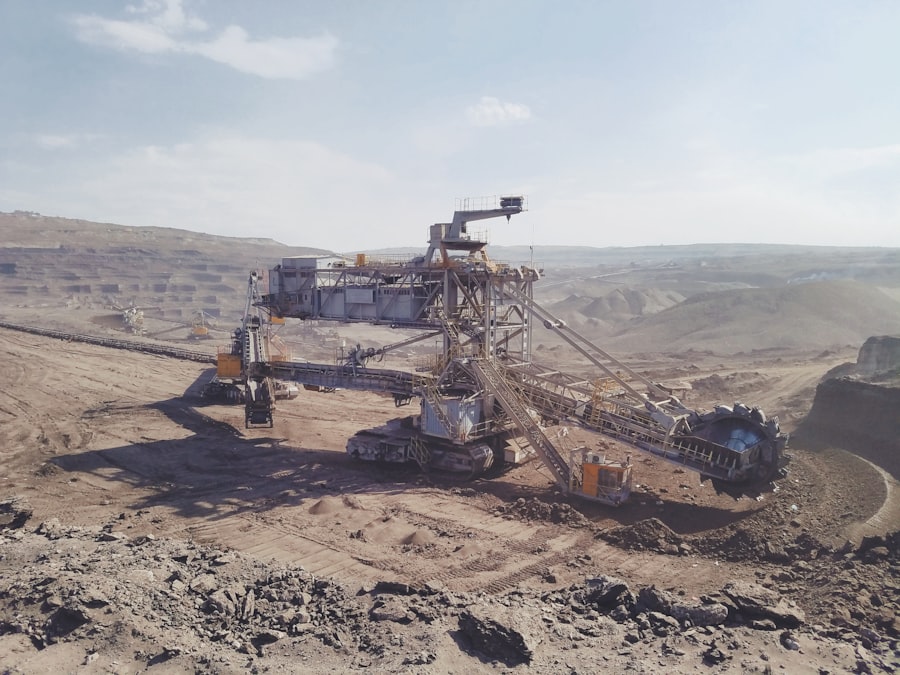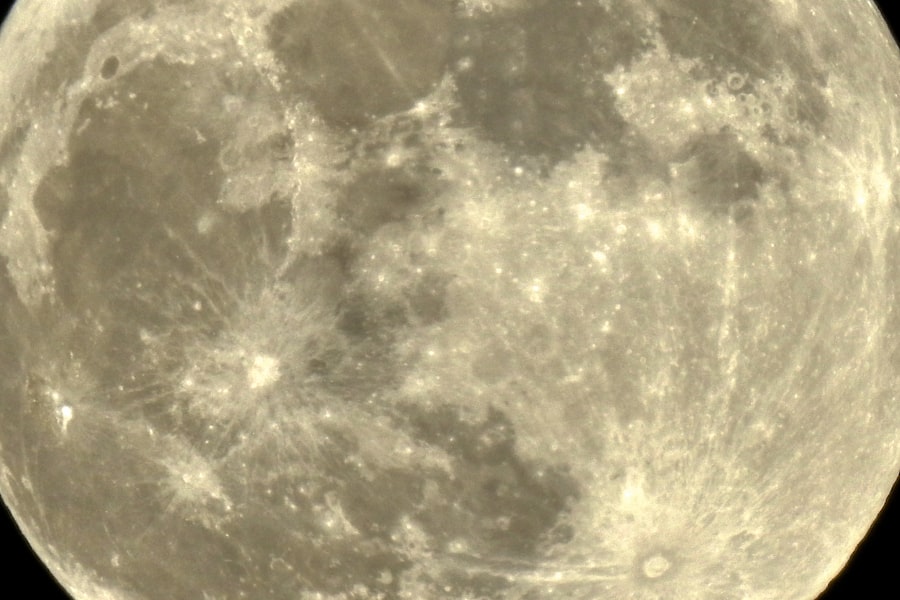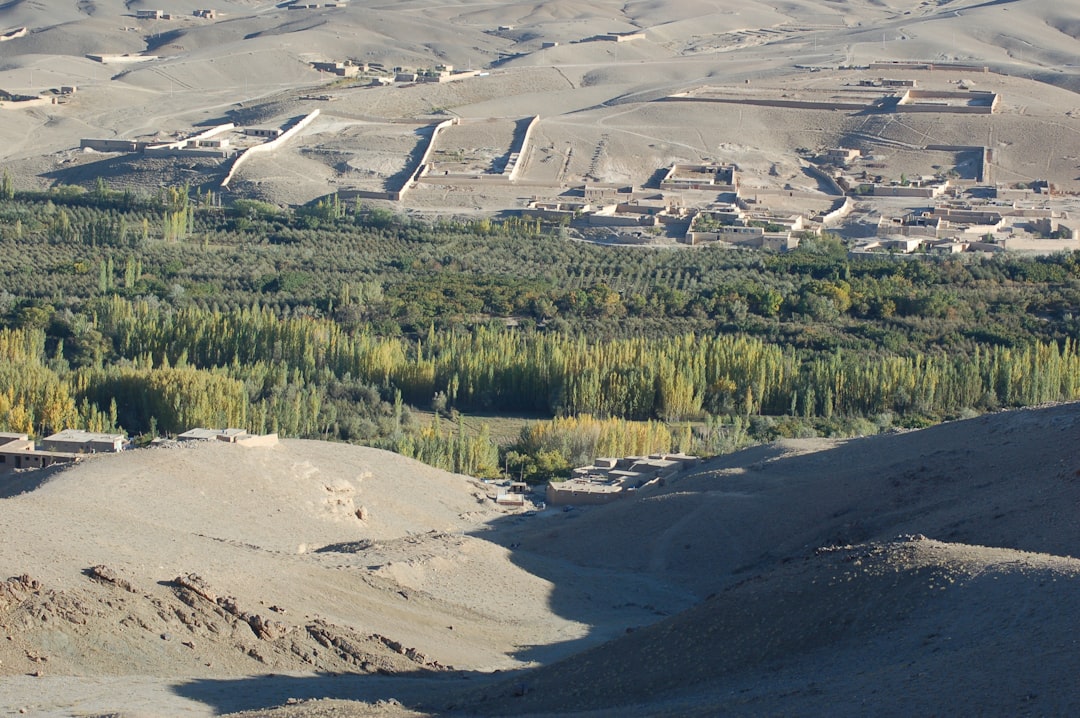As humanity stands on the brink of a new era in space exploration, the concept of lunar mining has emerged as a focal point of interest and debate. The Moon, with its vast resources, presents an enticing opportunity for nations and private enterprises alike. However, the question of property rights in this extraterrestrial domain remains a complex and contentious issue.
The legal framework governing space activities is still evolving, and the lack of clear property rights for lunar resources poses significant challenges for potential mining operations. As various stakeholders consider the implications of lunar mining, it becomes increasingly important to understand the historical context, existing treaties, and the future landscape of property rights in outer space. The potential for lunar mining is not merely a theoretical exercise; it has practical implications for technological advancement, economic growth, and international relations.
The Moon is believed to harbor valuable resources such as helium-3, rare earth elements, and water ice, which could support both lunar bases and Earth’s energy needs. However, the absence of a universally accepted legal framework raises questions about who can claim ownership of these resources and under what conditions. As nations and private companies prepare to venture into this new frontier, the establishment of clear property rights will be crucial to ensure that lunar mining can proceed in a manner that is equitable, sustainable, and beneficial for all.
Key Takeaways
- Lunar mining property rights are a crucial aspect of space law, as they determine who has the right to extract and utilize resources from the moon and other celestial bodies.
- The historical background of space law provides important context for understanding the development of legal frameworks governing lunar mining property rights.
- The Outer Space Treaty of 1967 is a key international agreement that established principles for the peaceful use of outer space and the prohibition of national appropriation of celestial bodies, including the moon.
- The Moon Agreement of 1979 sought to further regulate the use of lunar resources and establish an international regime for their exploitation, but it has not been widely ratified or adopted by spacefaring nations.
- National legislation plays a significant role in shaping the legal landscape for space mining, as countries develop their own laws and regulations to govern commercial space activities and property rights.
Historical Background of Space Law
The development of space law can be traced back to the mid-20th century when the advent of space exploration prompted the need for a regulatory framework. The launch of Sputnik by the Soviet Union in 1957 marked the beginning of the space age and highlighted the necessity for international cooperation in outer space activities. In response to this new frontier, various nations recognized the importance of establishing guidelines to govern the use of outer space, leading to the formation of key treaties and agreements.
The early discussions surrounding space law were characterized by a spirit of collaboration among nations. The United Nations played a pivotal role in facilitating dialogue and negotiations, culminating in the adoption of several foundational treaties. These treaties aimed to promote peaceful exploration and use of outer space while preventing conflicts over territorial claims.
As space exploration progressed, so too did the need for a comprehensive legal framework that could address emerging issues such as property rights, resource utilization, and environmental protection.
The Outer Space Treaty of 1967

One of the cornerstones of international space law is the Outer Space Treaty, adopted in 1967. This treaty established fundamental principles governing the exploration and use of outer space, including the Moon and other celestial bodies. Among its key provisions is the assertion that outer space is not subject to national appropriation by any means, which raises significant questions regarding property rights in lunar mining.
The Outer Space Treaty emphasizes that space exploration should be conducted for the benefit of all humankind. This principle has profound implications for lunar mining, as it suggests that resources extracted from the Moon should not be claimed exclusively by any one nation or entity. Instead, they should be shared equitably among all nations, fostering international cooperation rather than competition.
However, this provision has led to differing interpretations regarding how resources can be utilized and whether private companies can claim ownership over extracted materials.
The Moon Agreement of 1979
| Aspect | Details |
|---|---|
| Adopted | 1979 |
| Objective | Regulate the exploitation of natural resources on the moon |
| Signatories | 18 countries |
| Key Points | Prohibits any military use of the moon, bans altering its environment, and requires sharing of benefits from moon resources |
In an effort to build upon the principles established by the Outer Space Treaty, the Moon Agreement was adopted in 1979. This treaty specifically addresses the exploration and use of the Moon and other celestial bodies, aiming to provide a more detailed legal framework for lunar activities. One of its central tenets is that the Moon’s resources are the common heritage of mankind, reinforcing the idea that no single nation or entity can claim ownership over lunar materials.
Despite its noble intentions, the Moon Agreement has faced significant challenges in gaining widespread acceptance. While it has been ratified by a limited number of countries, many major space-faring nations have opted not to sign it. This lack of consensus has created a fragmented legal landscape regarding lunar mining property rights.
As countries and private companies prepare to engage in lunar exploration and resource extraction, the absence of a universally accepted framework raises concerns about potential conflicts and disputes over ownership and utilization.
National Legislation and Space Mining
In response to the evolving landscape of space exploration, several countries have begun to develop national legislation governing space mining activities. These laws aim to clarify property rights for resources extracted from celestial bodies while aligning with international treaties such as the Outer Space Treaty. For instance, the United States passed the Commercial Space Launch Competitiveness Act in 2015, which grants American citizens the right to own resources mined from asteroids and other celestial bodies.
Such national legislation reflects a growing recognition of the potential economic benefits associated with space mining. By establishing clear legal frameworks, countries hope to attract investment and encourage private sector participation in lunar exploration. However, this approach raises questions about compliance with international law and whether unilateral actions by individual nations could undermine global cooperation in space activities.
Commercial Space Activities and Property Rights

The rise of commercial space activities has further complicated the discourse surrounding property rights in lunar mining.
This shift has prompted discussions about how existing legal frameworks can accommodate commercial interests while ensuring compliance with international obligations.
As private enterprises seek to establish their presence on the Moon, they face uncertainties regarding ownership rights over extracted resources. The lack of clarity in international law creates a precarious environment for investment and innovation. Companies must navigate a complex web of regulations while also considering potential conflicts with other nations or entities that may assert competing claims over lunar resources.
Challenges and Controversies in Lunar Mining Property Rights
The question of property rights in lunar mining is fraught with challenges and controversies that reflect broader geopolitical dynamics. One major concern is the potential for conflict over resource claims as multiple nations and private companies vie for access to valuable materials on the Moon. The absence of a clear legal framework could lead to disputes that escalate into diplomatic tensions or even confrontations.
Moreover, differing interpretations of existing treaties contribute to uncertainty surrounding property rights. While some nations advocate for a more liberal approach that allows for private ownership of lunar resources, others argue for strict adherence to principles that prioritize collective benefit over individual claims. This divergence complicates efforts to establish a cohesive legal framework that can accommodate diverse perspectives while promoting cooperation in lunar mining endeavors.
International Cooperation and Coordination in Space Mining
Given the complexities surrounding lunar mining property rights, international cooperation is essential for establishing a sustainable framework for resource utilization. Collaborative efforts among nations can help mitigate potential conflicts and foster an environment conducive to shared benefits from lunar resources. Initiatives such as joint missions or research partnerships can serve as models for cooperative approaches to space mining.
Organizations like the United Nations Office for Outer Space Affairs (UNOOSA) play a crucial role in facilitating dialogue among nations regarding space activities. By promoting discussions on best practices and encouraging transparency in resource extraction efforts, these organizations can help build trust among stakeholders and pave the way for more effective coordination in lunar mining initiatives.
Future Prospects for Lunar Mining Property Rights
As interest in lunar mining continues to grow, there is an urgent need for a comprehensive legal framework that addresses property rights in this emerging field. The future prospects for lunar mining depend on establishing clear guidelines that balance national interests with global cooperation. This may involve revisiting existing treaties or developing new agreements that reflect contemporary realities in space exploration.
The potential benefits of lunar mining are immense, ranging from advancements in technology to economic growth opportunities on Earth. However, realizing these benefits will require concerted efforts from governments, private enterprises, and international organizations to create an equitable system that promotes responsible resource utilization while safeguarding the interests of all humankind.
Ethical and Environmental Considerations in Space Mining
Beyond legal frameworks, ethical and environmental considerations must also be at the forefront of discussions surrounding lunar mining property rights. The extraction of resources from celestial bodies raises questions about sustainability and potential impacts on extraterrestrial environments. As humanity ventures into this new frontier, it is imperative to consider how mining activities may affect the Moon’s geological integrity and its potential as a site for scientific research.
Furthermore, ethical considerations extend to issues of equity and access. Ensuring that all nations have an opportunity to benefit from lunar resources is essential for fostering global cooperation and preventing monopolization by a select few entities. By prioritizing ethical principles alongside legal frameworks, stakeholders can work towards a future where lunar mining serves as a catalyst for collaboration rather than conflict.
The Need for a Comprehensive Legal Framework
In conclusion, as humanity embarks on its journey toward lunar mining, it becomes increasingly clear that a comprehensive legal framework is essential for navigating property rights in this uncharted territory. The historical context provided by treaties such as the Outer Space Treaty and the Moon Agreement highlights both progress made and challenges faced in establishing clear guidelines for resource utilization. The complexities surrounding national legislation, commercial interests, ethical considerations, and international cooperation underscore the need for collaborative efforts among nations to create a cohesive legal structure that promotes responsible exploration while safeguarding shared interests.
As stakeholders continue to engage in discussions about lunar mining property rights, it is imperative that they prioritize equity, sustainability, and cooperation to ensure that humanity’s ventures into outer space benefit all humankind rather than exacerbate existing inequalities or conflicts.
The legal framework for lunar mining property rights is a complex and evolving topic, as nations and private entities look to the Moon for potential resources. A related article that delves into the intricacies of space law and property rights can be found on Real Lore and Order. This article explores the challenges and opportunities presented by lunar mining, including the need for international cooperation and the development of new legal standards. For more insights, you can read the full article by visiting Real Lore and Order.
WATCH THIS! 🚀 Why The Moon Is The Next Battlefield: The Geopolitics of Cislunar Space
FAQs
What is the legal framework for lunar mining property rights?
The legal framework for lunar mining property rights refers to the laws and regulations that govern the ownership and exploitation of resources on the moon.
Is there an international agreement on lunar mining property rights?
The Outer Space Treaty of 1967, which has been ratified by 110 countries, including all major spacefaring nations, prohibits any nation from claiming sovereignty over celestial bodies, including the moon. However, it does not specifically address the issue of property rights for mining activities.
What is the United States’ position on lunar mining property rights?
The United States passed the Commercial Space Launch Competitiveness Act in 2015, which allows American companies to own and sell resources they mine from asteroids and other celestial bodies, including the moon.
What are the concerns surrounding lunar mining property rights?
Some concerns include the potential for conflict between nations and companies over resource extraction, as well as the environmental impact of mining activities on the moon.
Are there any ongoing efforts to establish a legal framework for lunar mining property rights?
Several international organizations, including the United Nations’ Committee on the Peaceful Uses of Outer Space, are discussing the need for a legal framework to govern lunar mining activities and property rights.
